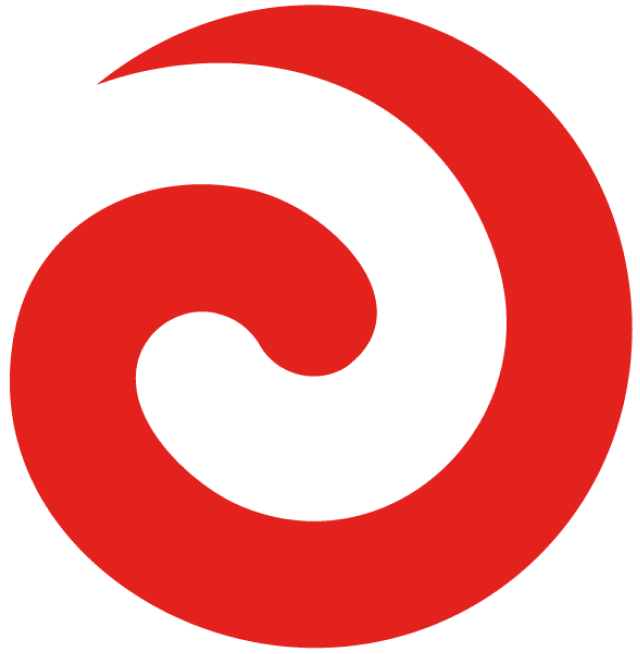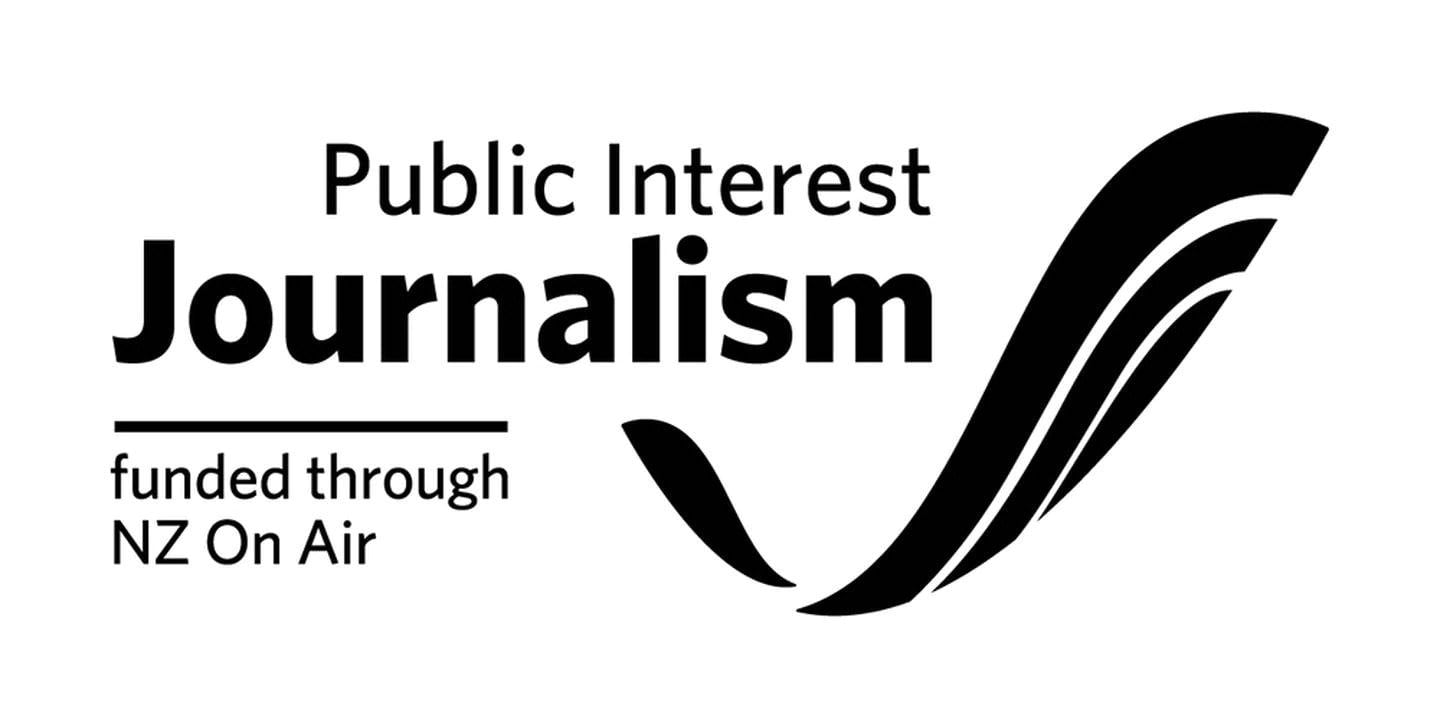A Pae Ātea billboard prototype celebrating Matariki first appeared on Parnell rise, earlier this year. Photo / Supplied
From the latest Ranger, or phone plan, to beach front real estate, Covid ads or music festivals, there’s no shortage of things keen eyes to the nation’s tens of thousands of digital billboards will have seen advertised, now in a historic first Te Ao Māori will take centre-stage.
Māori creative agency Haumi says it’s partnered with one of the country’s largest advertising businesses JCDecaux for Pae Ātea, a campaign to fill over 500 digital billboards with reo Māori, and Māori stories.
“It is a curated programme, carefully considered to engage, challenge, and build a strengthened sense of individual and collective identity.” says Haumi owner Karl Johnstone (Rongowhakaata, Te Aitanga-a-Māhaki, Ngāi Tāmanuhiri).
“Pae Ātea encourages a moment of pause and contemplation, encountered through pūrākau (iwi narratives), social histories, creative expression, and commentary,”
The first campaign was last month’s Tuku Whenua which used the billboards in airports, malls, intersections and even the sides of buildings to detail the partnership between Apihai Te Kawau and Governor Hobson, which cemented the partnership between Ngāti Whātua and the crown in 1840.

A tuku whenua billboard celebrating the birth of Auckland at the corner of Greenlane West & Manukau roads in Greenlane. / Supplied
Without saying too much, November’s campaign will be ‘gently provocative’ according to Johnston.
It will pay tribute to culture differences and complex histories, which Johnstone says he encourages viewers to interpret for themselves.
It was a chance meeting between JCDecaux NZ boss, Mike Watkins and Haumi that unearthed the potential of digital billboards to present historical narratives of Aotearoa and invite reflection and build shared understanding of Te Ao Māori.
Watkins says the free advertising space will run through to 2025 at least, and is a natural part of the French juggernaut doing business in Aotearoa.

Karl Johnston of Haumi says it was a chance meeting between JCDecaux NZ boss, Mike Watkins and Haumi that unearthed the potential of digital billboards to present historical narratives of Aotearoa and invite reflection and build shared understanding of Te Ao Māori. Photo / RNZ / Phil Yeo
“We realised there was an opportunity to tell Māori stories, from a Māori perspective, directly to the public through a medium that hasn’t been used in this way before,” Watkins said.
“Many people consider billboards as a purely commercial domain, but we recognised it could also do much more.
Like any form of art, our interactions with billboards are largely subliminal, yet they remain extremely powerful mediums, which capture the eyes of the city.”



